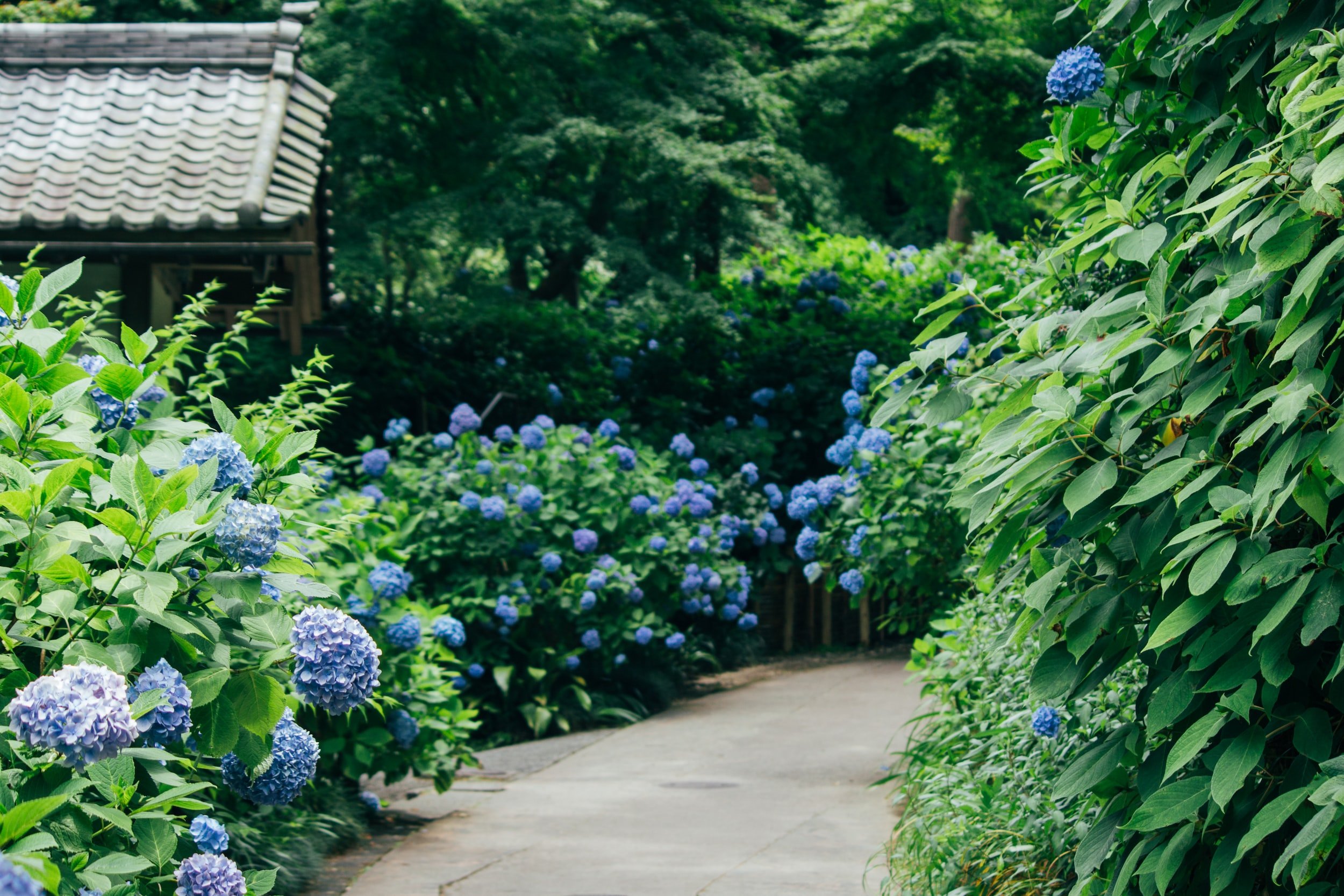The 2-Minute Rule for Hydrangea Leaves Turning Yellow
Table of ContentsThe Greatest Guide To Hydrangea Leaves Turning YellowThe Basic Principles Of Hydrangea Leaves Turning Yellow An Unbiased View of Hydrangea Leaves Turning YellowThe Best Guide To Hydrangea Leaves Turning YellowTop Guidelines Of Hydrangea Leaves Turning Yellow
The container needs to be large enough so the plant can expand and obtain all of the water and nutrients it needs. Panicles like the complete sunlight.No matter of the selection, plan ahead and make sure your plant has plenty of security from the wind (Hydrangea Leaves Turning Yellow). You can hair transplant to a brand-new location, or you could create a wind barrier utilizing one more plant, or fence.
Decorative yard, Rose of Sharon, or Holly shrubs are simply a couple of concepts of plants you can make use of to obstruct the wind. If you require to hair transplant, locate a place in your yard that is well shielded from sunlight and wind. Hair transplanting is finest carried out in the loss or the springtime.
The plants location is the most essential element when it comes to getting established and correct development. With a little forethought on planting area and appropriate maintenance, you'll be able to guarantee your hydrangeas!.
The smart Trick of Hydrangea Leaves Turning Yellow That Nobody is Talking About

You can rescue the plant from yellow leaves by using it the right light and placement. If your plant obtains yellow fallen leaves, move it to a dark place.
Remember, Hydrangeas are just frost tolerant in loss and winter season as they go inactive (Hydrangea Leaves Turning Yellow), and temperature alterations can cause yellowing leaves and brownish areas. If it obtains too cozy, the edges of the leaves come to be yellow, turn brown and create a crunchy structure. Transfer your potted Hydrangeas far from breezy north-facing home windows in the winter months.

Things about Hydrangea Leaves Turning Yellow
Yellow fallen leaves in Hydrangeas are the initial indicators of disease invasion, frequently followed by black areas, browning, drops, and wilting. Isolate the infected or pest-infested plant from the healthy and balanced plants to avoid disease spread. If it is a garden plant, get rid of all the infected fallen leaves using disinfected tools and cleanse up all the particles.
So, removing assists Hydrangea color unneeded weight and insurance coverage, allowing the development of new leaves. The very best time to prune Hydrangeas is spring when the plant is ready to sprout foliage for the following season. Inspect for invested or infected fallen leaves and cut the base of a stalk that signs up with the leaves and stem.
Stay clear of reducing healthy or environment-friendly leaves, and do not eliminate more than 25% of the plant's foliage. The major factor behind the red fallen leaves in Hydrangea is inadequate soil or environmental conditions.
Also, repot the plant yearly in spring or every 2 years if the development rate is slow.
8 Easy Facts About Hydrangea Leaves Turning Yellow Shown

There are 6 major reasons this might take place:: The plant does not obtain sufficient sunlight.: The index roots are either also damp or as well dry.: The plant is as well cold.: The dirt is not acidic or alkaline sufficient for the hydrangea.: The plant isn't obtaining the ideal nutrients it requires to stay healthy.
Each reason influences the plant in such a way that can be fixed if we understand exactly how to take care of hydrangeas properly. When we speak regarding poor light for hydrangeas, we imply that the plant isn't obtaining adequate sunlight. Hydrangeas choose brilliant light, but not straight, scorching sun. They commonly grow best with morning sunlight and afternoon color.
Without adequate sunshine, the leaves can transform yellow, the plant can become weak, and it might produce fewer blooms. To ensure a hydrangea obtains ample light, it needs to be positioned in a place where it can appreciate the morning light and be secured from the intense mid-day sunlight. Overwatering is when a hydrangea plant gets even more water than it requires.
Without sufficient air, the origins can not do their work well, and the plant begins to suffer. Yellow leaves might be an indication that the plant is getting also much water. On the various other hand, dehydration takes place when the plant does not obtain adequate water. Like people, plants require water to remain healthy.
Hydrangea Leaves Turning Yellow Fundamentals Explained
This issue is typical in the fall as the weather condition changes or if a hydrangea is planted in a spot where it doesn't get sufficient heat from the sunlight. It is very important to recognize the ideal conditions for hydrangeas to avoid low-temperature anxiety. For example, most hydrangeas grow best in zones 6 to 9, where the environment is milder.
It is very important to recognize that this type of yellowing is different from the yellowing triggered by issues like also check this site out much water or use this link not enough light. If the yellow fallen leaves are mainly at the base of the plant and the rest of the plant looks healthy, it can just mean that the leaves are merely obtaining old.